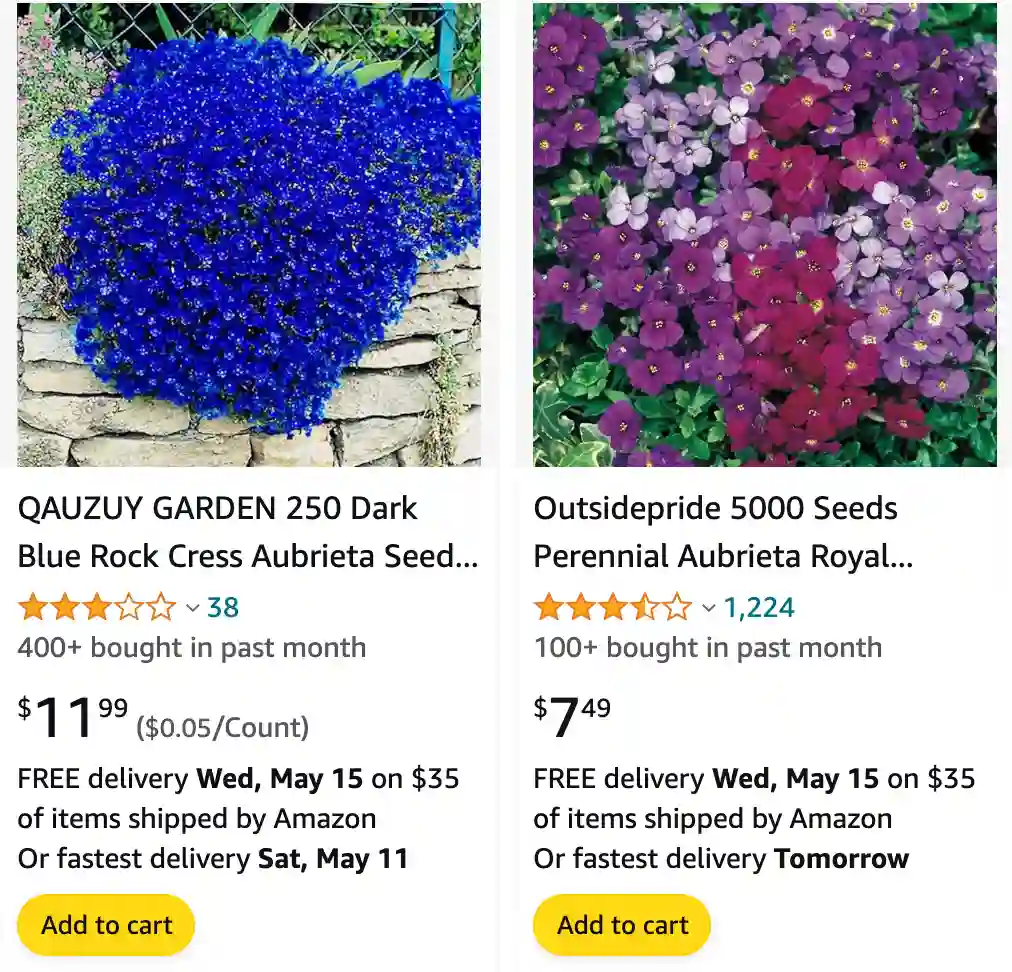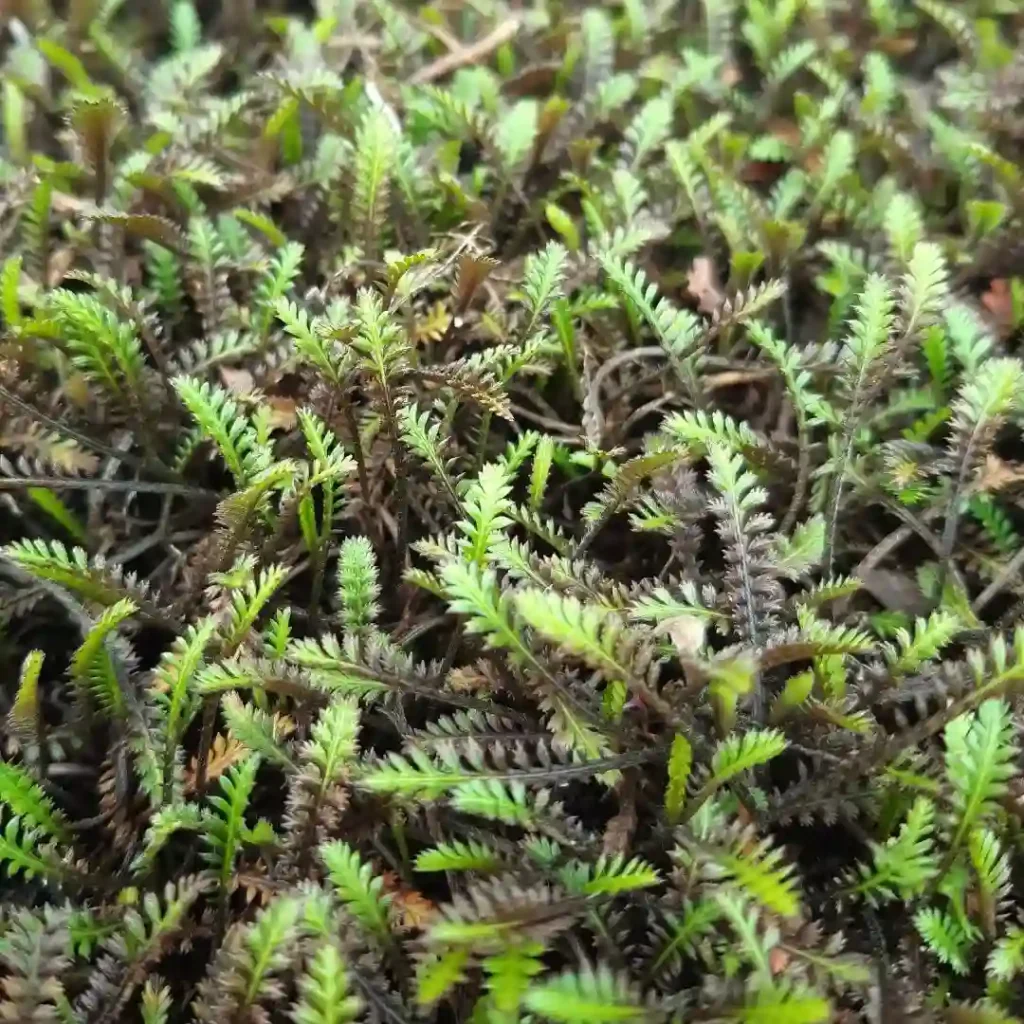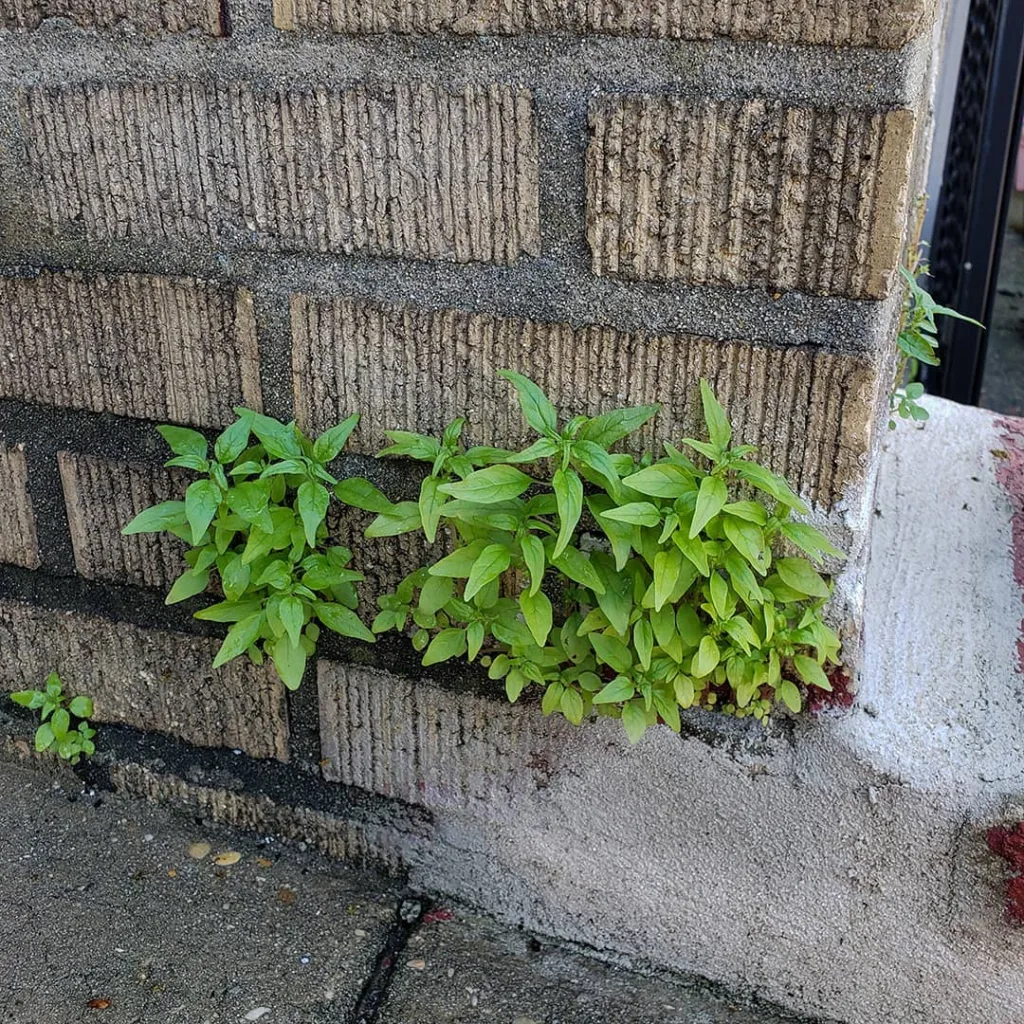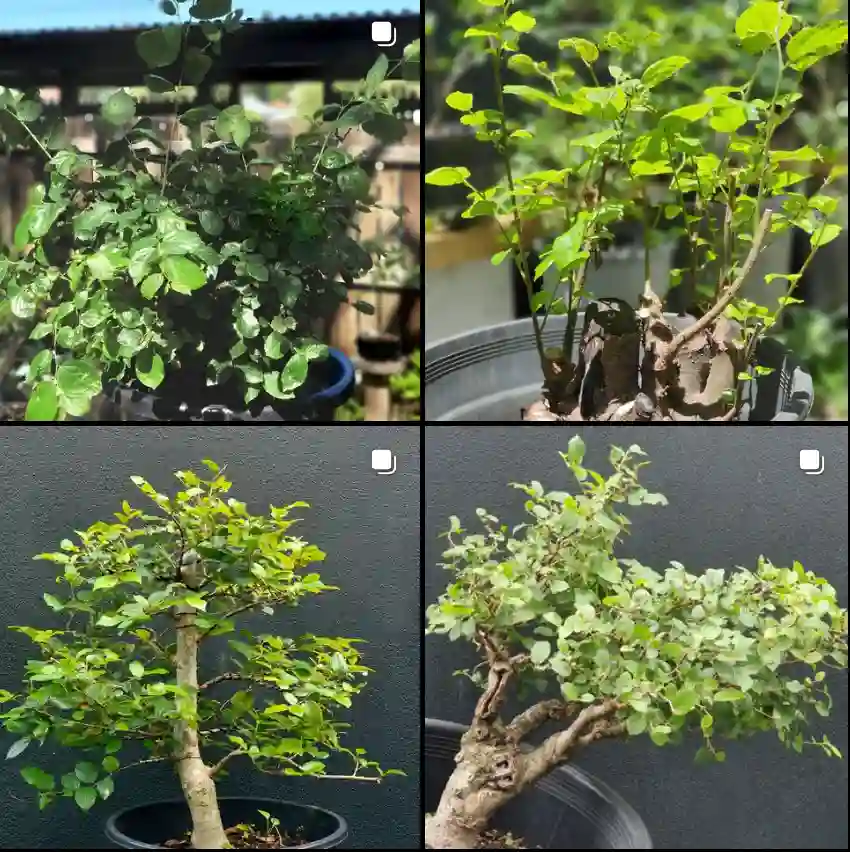
Aubrieta: A Floral Tapestry Woven in Stone
My name is Ferb Vu, and I’ve always been drawn to the quiet resilience of alpine plants. Their ability to thrive in seemingly impossible conditions, clinging to cliffs and bursting forth with vibrant colors amidst the harsh landscape, speaks to a deep-seated strength and beauty. Among these hardy survivors, the genus Aubrieta holds a special place in my heart.
Imagine a cascade of vibrant hues tumbling over a rocky outcrop, a splash of color against the stark grey. That’s Aubrieta for you. Named after the French flower painter Claude Aubriet, this genus boasts a dazzling array of low-growing, evergreen perennials. Their vibrant purple, pink, or white flowers blanket the landscape in spring, transforming even the most austere settings into a painter’s palette.
A Closer Look at Aubrieta
Aubrieta belongs to the Brassicaceae family, which also includes familiar vegetables like cabbage and mustard. Native to southern Europe and central Asia, these tenacious plants have found their way into gardens across the globe. Their adaptability and resilience make them a favorite among gardeners of all skill levels.
Key characteristics of Aubrieta:
- Low-growing and spreading: They form dense mats, ideal for rock gardens, walls, and borders.
- Evergreen foliage: Their small, gray-green leaves provide year-round interest.
- Abundant blooms: In spring, they produce a profusion of small, four-petaled flowers in shades of purple, pink, and white.
- Hardy and adaptable: They tolerate a wide range of conditions, including poor soil and drought.
A Diverse Genus
While Aubrieta deltoidea is the most common species, the genus encompasses a diverse range of plants, each with its unique charm. Here are:
- Aubrieta albanica F.K.Mey. & J.E.Mey.
- Aubrieta alshehbazii Dönmez, Uğurlu & M.A.Koch
- Aubrieta amasya Tunçkol & Al-Shehbaz
- Aubrieta anamasica Peșmen & Güner
- Aubrieta birolmutlui Dönmez, Uğurlu & Yüzb.
- Aubrieta canescens (Boiss.) Bornm.
- Aubrieta columnae Guss.
- Aubrieta deltoidea (L.) DC.
- Aubrieta edentula Boiss.
- Aubrieta ekimii Yüzb., Al-Shehbaz & M.Koch
- Aubrieta erubescens Griseb.
- Aubrieta glabrescens Turrill
- Aubrieta gracilis Spruner ex Boiss.
- Aubrieta × hybrida Hausskn.
- Aubrieta intermedia Heldr. & Orph. ex Boiss.
- Aubrieta libanotica Boiss. & Hohen.
- Aubrieta necmi-aksoyi Tunçkol, G.-Özkan & Al-Shehbaz
- Aubrieta olympica Boiss.
- Aubrieta parviflora Boiss.
- Aubrieta pinardi Boiss.
- Aubrieta scardica (Wettst.) Gustavsson
- Aubrieta scyria Halácsy
- Aubrieta thessala H.Boissieu
- Aubrieta vulcanica Hayek & Siehe
Aubrieta vs Creeping Phlox
Between Aubrieta and Creeping Phlox, I’ve found that Aubrieta’s vibrant spring blooms are unmatched in brightening up my garden beds, whereas Creeping Phlox is perfect for adding a soft, pastel carpet-like effect.
Aubrieta vs Creeping Thyme
When comparing Aubrieta to Creeping Thyme, I love how Aubrieta provides a burst of color early in the season, while Creeping Thyme’s aromatic foliage and tiny flowers create a delightful sensory experience throughout summer.
Aubrieta vs Phlox
In the Aubrieta vs Phlox debate, Aubrieta’s mat-forming habit and striking purples and blues always draw me in, but Phlox’s tall, fragrant flowers are a showstopper in the mid-summer garden.
Aubrieta vs Campanula
Choosing between Aubrieta and Campanula, I adore Aubrieta’s low-growing, evergreen foliage that creates a lovely year-round presence, while Campanula’s bell-shaped flowers bring a whimsical charm that can’t be ignored.
Aubrieta vs Arabis
When it comes to Aubrieta versus Arabis, Aubrieta’s compact form and early blooms are a highlight in my rock garden, yet Arabis impresses me with its delicate, fragrant white flowers and slightly more prolonged blooming period.
Can you plant aubrieta in pots?
You absolutely can! Aubrieta thrives in pots. I planted some in a hanging basket by my patio last year and it cascaded down in a beautiful floral waterfall. Just make sure the pot has good drainage holes and use a well-draining potting mix. They’ll be happy getting lots of sunshine throughout the day.
How to plant aubrieta seeds?
Planting aubrieta seeds is pretty straightforward. They’re tiny though, so I like to mix them with a bit of sand to make them easier to sprinkle over the soil. Don’t bury them deep, just lightly press them into the surface and keep the soil moist but not soggy. They like a bit of sunlight for germination, so I usually cover the pot with some plastic wrap to create a greenhouse effect.
Are aubrieta poisonous to dogs?
Good news for dog owners! Aubrieta is not poisonous to our furry friends. So you can plant them worry-free and let your pup sniff around without any concerns.
Does aubrieta come back every year?
Aubrieta can be a bit of a surprise. In some climates, it acts as a short-lived perennial, coming back year after year for 2-3 seasons. In others, particularly colder regions, it might behave more like a biennial, lasting just two years. It all depends on your local climate and how harsh the winters are.
Does aubrieta spread?
Aubrieta is a natural spreader! It forms these low-growing mats that slowly creep outwards over time. This makes it perfect for filling in gaps between rocks or along walkways. But don’t worry, it’s not aggressive and won’t take over your garden.
How long does aubrieta bloom?
Aubrieta puts on a fantastic floral display for a good chunk of spring and early summer. I’d say mine blooms for about 6-8 weeks, depending on the variety. It’s a real treat to see those vibrant blooms erupting from the little green cushions.
How quickly does aubrieta grow?
Aubrieta isn’t the fastest grower, but it fills in nicely over time. You’ll see steady growth throughout the season, and it should reach its mature size within a couple of months of planting.
How to pronounce aubrieta?
Aubrieta is pronounced “oh-BREET-ia”. It’s a bit of a mouthful, but once you say it a few times, it becomes easy to remember.
Is aubrieta evergreen?
Aubrieta is not evergreen. The foliage dies back in the winter, but don’t fret! It’ll return with fresh growth come spring.
Is aubrieta frost hardy?
Aubrieta is a trooper! It can handle some light frosts without any problems. In fact, colder temperatures can even encourage better flowering the following spring.
When does aubrieta bloom?
Aubrieta is a spring bloomer. You can expect those lovely flowers to appear sometime between April and June, depending on your climate.
When to plant aubrieta?
The best time to plant aubrieta seeds depends on your climate. If you have a mild winter, you can sow them directly outdoors in the fall. Otherwise, start them indoors 6-8 weeks before the last frost.
Does aubrieta grow in shade?
Aubrieta prefers a good amount of sunlight. While it might tolerate some light shade in the afternoon, especially in hot climates, it will flower best in a spot that gets at least 6-8 hours of sun a day.
How far apart to plant aubrieta?
When planting aubrieta, space the plants about 6-8 inches apart. This will give them enough room to grow and form their beautiful cascading mats.
How to propagate aubrieta?
Propagating aubrieta is quite easy! You can take stem cuttings in the summer and pot them up to create new plants. Alternatively, you can divide established plants in the spring or fall.
Is aubrieta poisonous to cats?
Thankfully, aubrieta is not poisonous to cats. So you can enjoy its beauty without worry if you have feline companions at home.
Where to buy aubrieta plants near me?
To find aubrieta plants near you, I’d recommend checking your local nurseries or garden centers. They might not always carry them, but they can usually order them if they don’t have them in stock.
Are aubrieta flowers edible?
While aubrieta flowers are technically edible, they don’t have much flavor and wouldn’t be my first choice for culinary purposes. There are many other flowers that are more delicious and better suited for eating. But hey, if you’re feeling adventurous, you can always give them a try!



